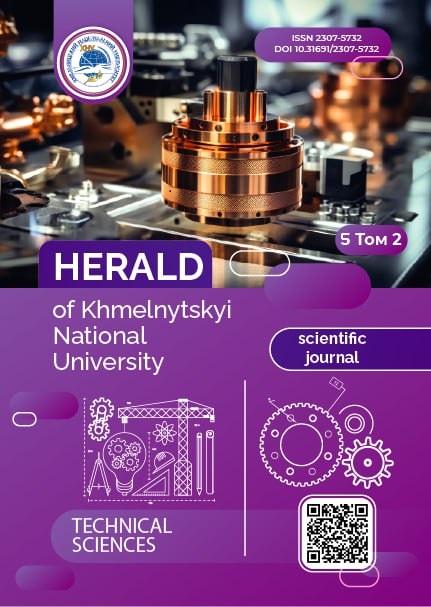NEW APPROACHES IN THE PRODUCTION OF RARE-EARTH-FREE PERMANENT MAGNETS: PROSPECTIVE MATERIALS AND TECHNOLOGIES
DOI:
https://doi.org/10.31891/2307-5732-2025-357-68Keywords:
permanent magnets, rare-earth elements, NdFeB, coercivity, ferrites, manganese, iron nitride, AlnicoAbstract
The article examines the current state and future prospects of permanent magnet production without involving rare-earth elements, which are a scarce resource among the country’s mineral assets. It is confirmed that permanent magnets are critically important components of modern technologies, ensuring the operation of a wide range of devices – from consumer electronics to electric vehicles (EVs), and from renewable energy systems (such as wind turbines) to aviation. Their irreplaceability is determined by their unique magnetic properties, particularly high magnetomotive force, compact size, and energy efficiency, which are key factors for applications under specific conditions, such as in electric motors.
The conducted analysis highlights that the technology of manufacturing permanent magnets without rare-earth elements presents a complex yet highly promising landscape. The scientific and industrial communities are increasingly focused on advancing materials such as iron nitride (FeN), manganese-bismuth (MnBi), cobalt-based alloys, and other compositions that demonstrate promising magnetic behavior without relying on costly rare-earth metals. These efforts reflect a broader trend toward sustainable materials science and the strategic importance of technological independence in magnet-related industries.
Despite significant achievements, such as the commercialization efforts of Niron Magnetics with FeN-based magnets and successful testing of MnBi magnets in industrial motors, several challenges remain. These include bridging the gap between theoretical and practical performance, scaling up complex manufacturing processes, and the need to redesign end-use systems to adapt to the properties of rare-earth-free magnets. Furthermore, integrating these alternative magnets into existing global supply chains and standardizing their properties pose additional hurdles.
Further research and investment in this field are crucial to ensure a stable and sustainable future for both the magnet industry itself and the broader industrial sector. The development of alternative technologies for permanent magnet production holds potential for reducing dependence on geopolitically vulnerable supply chains, thereby enhancing economic security. The relevance of this topic continues to grow amid the global transformation of the energy sector, which requires reliable, energy-efficient, and cost-effective solutions for the next generation of electromechanical systems.
Downloads
Published
Issue
Section
License
Copyright (c) 2025 МАКСИМ ОМЕЛЬЧУК, ОЛЕГ СІНЧУК, ІГОР СІНЧУК, ОЛЕГ ДОЗОРЕНКО (Автор)

This work is licensed under a Creative Commons Attribution 4.0 International License.

